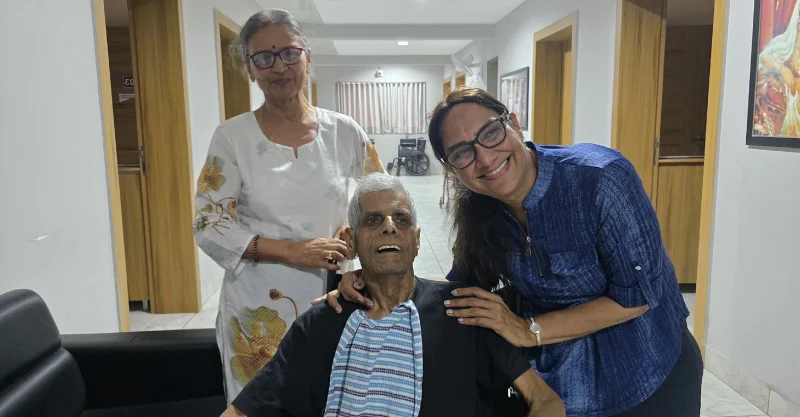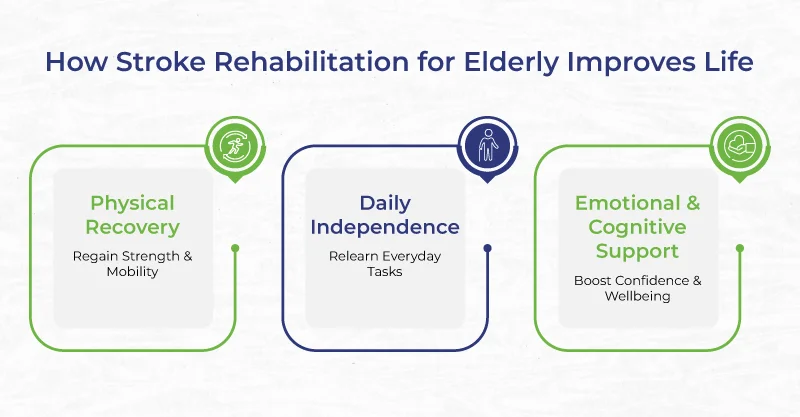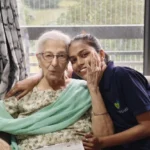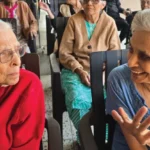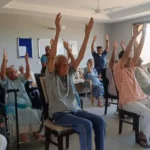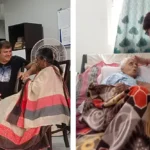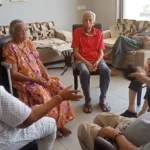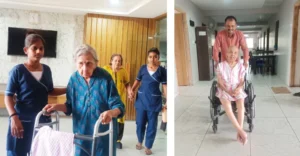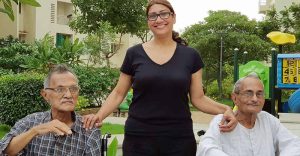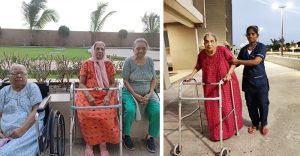Understanding the Impact of a Stroke
A stroke can change a person’s life in an instant. It occurs when the blood flow to the brain is interrupted, leading to damage in areas that control movement, speech, and memory. Depending on the severity and location of the stroke, survivors may face a range of challenges from difficulty walking or speaking to emotional and cognitive changes.
While the recovery journey can be challenging, the good news is that the brain has an incredible ability to adapt and relearn through a process called neuroplasticity. This is where rehabilitation plays a vital role. With the right care, therapy, and environment, many individuals can regain independence and live fulfilling lives again.
What Is Stroke Rehabilitation?
Stroke rehabilitation is a structured process that helps survivors relearn skills lost due to brain damage. The goal is not only physical recovery but also emotional and mental well-being.
Rehabilitation is most effective when started early and guided by a multidisciplinary team that may include:
- Physiotherapists: to help improve strength, movement, and coordination.
- Occupational Therapists: to assist with everyday tasks like dressing and eating.
- Speech and Language Therapists: to address communication and swallowing difficulties.
- Psychologists and counsellors: to provide emotional support and motivation.
At PapayaCare, each rehabilitation plan is personalised, focusing on the individual’s unique needs and goals.
Key Elements of Stroke Rehabilitation
1. Physical Therapy
Physical therapy focuses on rebuilding muscle strength, improving balance, and enhancing coordination. Through targeted exercises and assistive devices, stroke survivors learn to move confidently and safely. Regular physical activity also reduces the risk of complications such as stiffness or muscle weakness.
2. Occupational Therapy
Regaining independence in daily life is essential for emotional well-being. Occupational therapy helps individuals relearn essential activities from bathing and grooming to cooking and writing. Therapists also teach adaptive techniques to simplify daily routines and boost confidence.
3. Speech and Language Therapy
Many stroke survivors struggle with communication or swallowing after a stroke. Speech therapy helps restore the ability to speak clearly, understand language, and express thoughts. It also includes exercises to strengthen muscles used for swallowing, ensuring safe eating habits.
4. Psychological and Emotional Support
Emotional recovery is just as important as physical healing. Many seniors experience depression, anxiety, or mood changes after a stroke, conditions that require compassionate and professional care. At PapayaCare, our dedicated team provides specialised Neuro Care Rehabilitation to support cognitive and emotional recovery, helping residents rebuild confidence and restore mental balance.
5. Nutrition and Lifestyle Management
A balanced diet and active lifestyle play a major role in long-term recovery. At PapayaCare, residents receive nutritional guidance tailored to support brain health and prevent future strokes.
The Role of a Supportive Environment
Recovery thrives in a space that is safe, calm, and filled with encouragement. At PapayaCare, our rehabilitation environment is designed to provide just that professional care with a personal touch.
Our expert caregivers, therapists, and nursing staff work closely with residents, ensuring they receive consistent, compassionate care around the clock. We believe in celebrating every small milestone because every step forward is a victory.
Success Stories and Transformations
Many stroke survivors who come to PapayaCare rediscover life with renewed confidence. With personalised therapy and emotional encouragement, residents often experience noticeable improvements in mobility, communication, and overall happiness within weeks or months of rehabilitation.
These stories are a testament to the power of patience, expert care, and determination, both from the survivor and their caregivers.
Long-Term Benefits of Rehabilitation
The benefits of post-stroke rehabilitation go far beyond physical recovery:
- Greater independence in everyday activities
- Improved mood and social engagement
- Stronger mobility and coordination
- Reduced risk of future falls or complications
- Renewed confidence and emotional balance
Rehabilitation doesn’t just heal the body; it restores hope, dignity, and purpose.
Why Choose PapayaCare for Stroke Rehabilitation
PapayaCare’s stroke rehabilitation program is built on compassion, expertise, and commitment. We combine medical care with emotional support to help every resident recover at their own pace.
Here’s what makes our care special:
- A team of skilled physiotherapists, speech therapists, and caregivers.
- Customised therapy plans designed to meet each individual’s needs.
- Comfortable, home-like environment for healing and motivation.
- Focus on overall well-being, physical, emotional, and social.
You may like to read this: Rebuilding Strength: Ortho Care and Rehabilitation for Senior Recovery
At PapayaCare, we don’t just help people recover from a stroke; we help them rediscover joy in everyday living.
Conclusion
Life after a stroke can be challenging, but with the right rehabilitation and compassionate care, recovery is possible. Each session, each step, and each smile is progress toward a more independent and fulfilling life.

